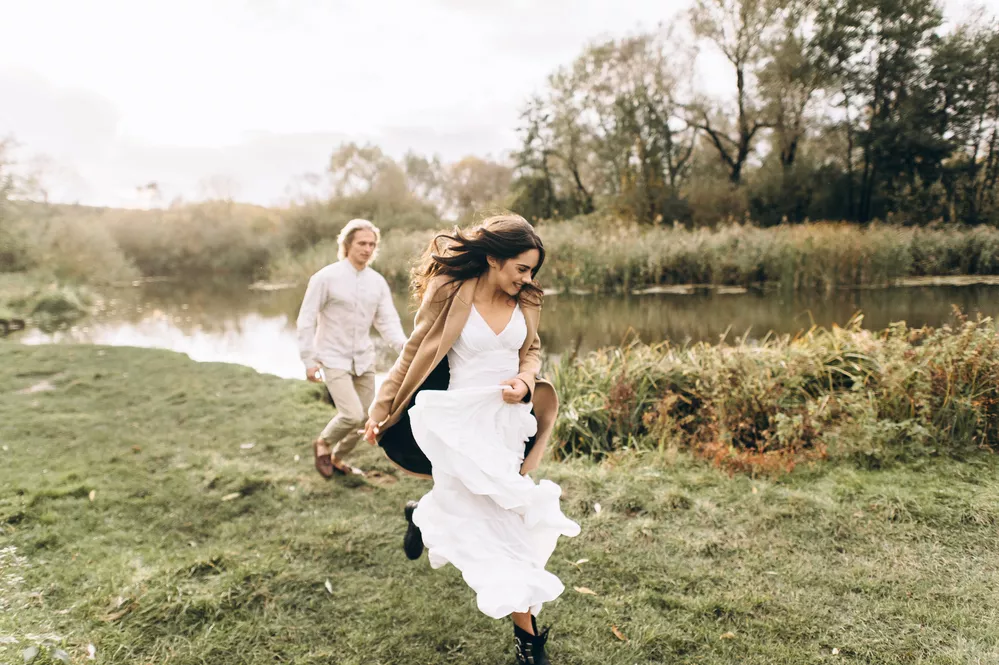Seeing the World Through Women’s Eyes: A Tribute to 10 Female Photographers
From the pioneering work of Berenice Abbott and Margaret Bourke-White at the beginning of the 20th century to the groundbreaking images of contemporary photographers like Annie Leibovitz and Sally Mann, women have played a crucial role in developing photography as an art form. They have broken through barriers, challenging conventions and paving the way for future generations of artists.
As we celebrate International Women’s Day, it’s a perfect occasion to acknowledge their influence and continue supporting and amplifying women’s voices in photography and all creative fields. Let’s take a moment to dive into the incredible work of the most prominent women photographers and discover the incredible stories they have to tell.
10 famous women photographers that you should know
1. Dorothea Lange (1895-1965)
Dorothea Lange is one of the most famous documentary photographers. She is best known for her powerful images of the Great Depression and the Dust Bowl era, which captured the struggles of the rural poor and migrant workers in California. Her photographs often highlighted the human toll of economic hardship and government policies, and many of her images have become iconic representations of this era. Lange’s work had a major impact on American culture and history, and her work continues to inspire and influence photographers today.
Lange studied photography in New York and worked as a portrait photographer before moving to San Francisco in the 1920s. There, she established a successful portrait studio and developed her interest in documentary photography. During the Great Depression, Lange was hired by the Farm Security Administration to document the plight of migrant workers in California. Her images of these workers and their families are some of her most famous and powerful works. She passed away in 1965, but her legacy as a pioneering documentary photographer and advocate for social justice lives on through her work.
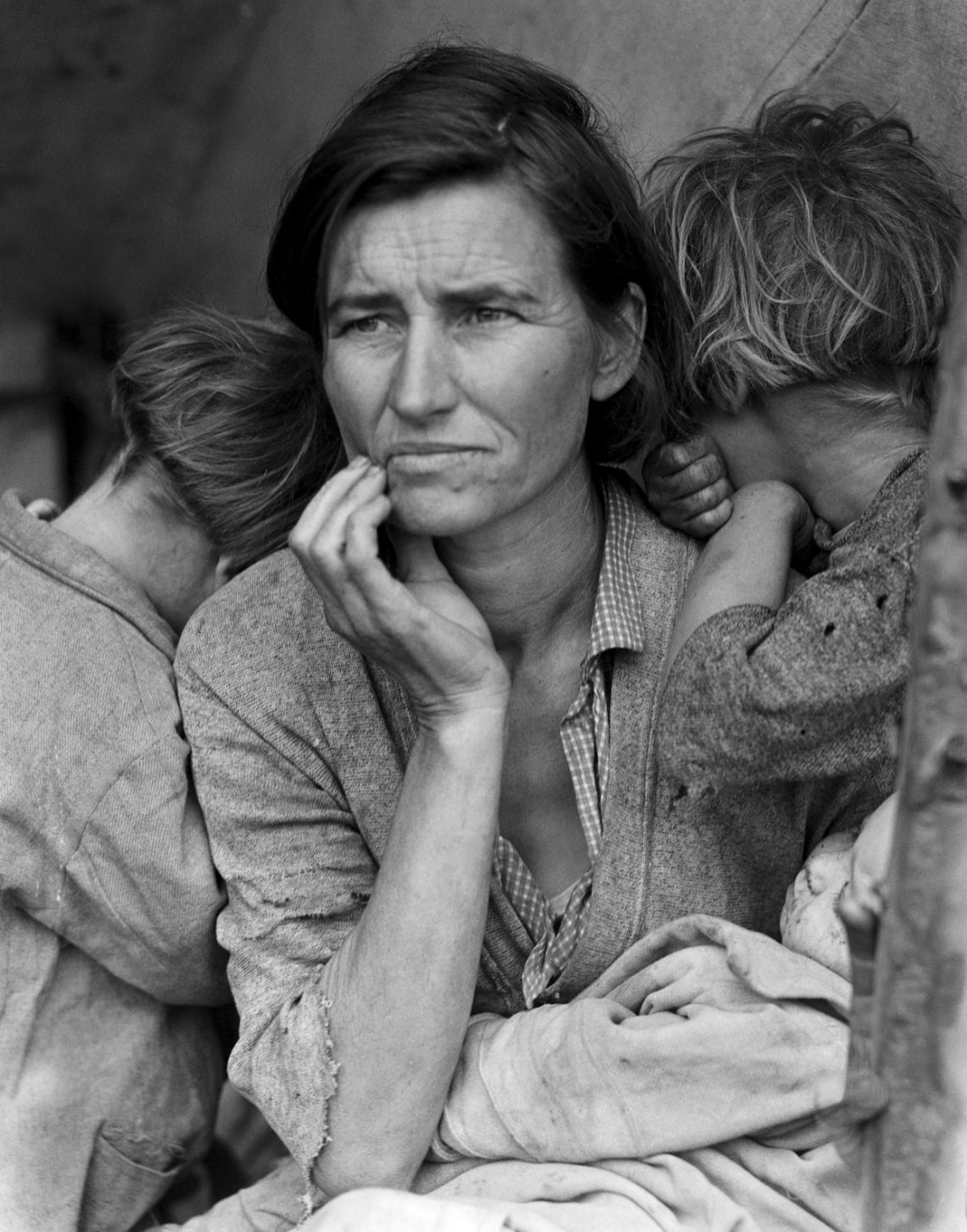
Source: Google Arts&Culture
Lange’s most famous photograph is “Migrant Mother,” which depicts an impoverished mother and her children during the Great Depression. The image has become an icon of the era and a symbol of the struggles of the working poor.
2. Annie Leibovitz (b. 1949)
Annie Leibovitz is well-known for her iconic portraits of celebrities and cultural figures, from John Lennon to Queen Elizabeth II. Her images are instantly recognizable and have helped shape how we think about portraiture. Leibovitz likes to use bold colors, dramatic lighting, and unique settings to create visually striking and memorable images. Her compositions often involve carefully arranged sets or costumes, accentuating the subject’s personality and presence. Her portraits are often described as having a “larger than life” quality, which has contributed to her success in the world of celebrity photography.
Leibovitz began her career as a staff photographer for Rolling Stone magazine in the 1970s, where she developed her signature style of capturing her subjects in dramatic and often unconventional ways. Her iconic portraits of celebrities, musicians, and politicians helped define the magazine’s aesthetic and established her as a major force in photography. She went on to work for Vanity Fair and Vogue, creating some of the most recognizable and influential images of the past several decades.
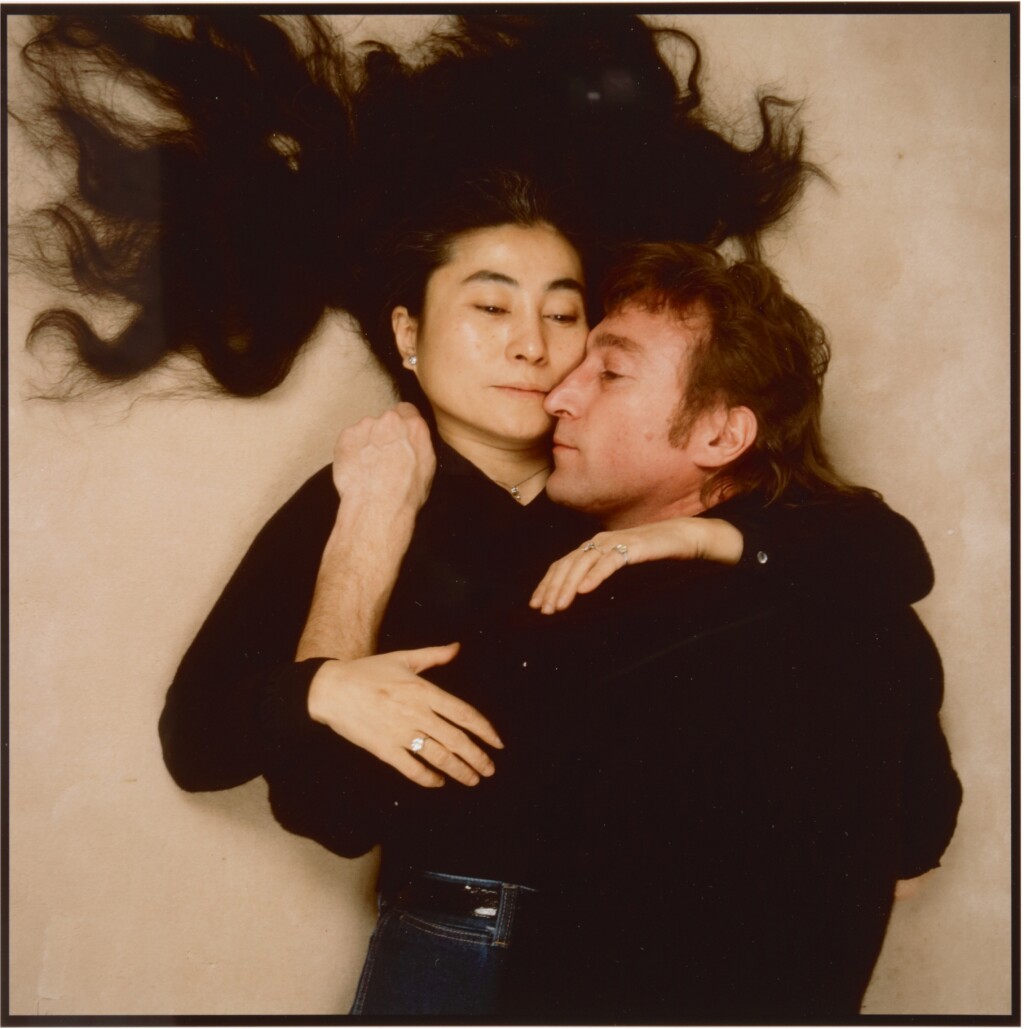
Source: Sotheby’s
Some of her most famous photographs include her portrait of John Lennon and Yoko Ono, taken just hours before Lennon’s death, and her image of a pregnant Demi Moore, which appeared on the cover of Vanity Fair in 1991.
3. Cindy Sherman (b. 1954)
Cindy Sherman is an American photographer known for her conceptual self-portraits that explore issues of identity, gender, and the nature of representation. Her work often features the artist herself, dressed up in various costumes and personas that challenge our assumptions about femininity and the female body. She often takes on different roles, using elaborate costumes, makeup, and props to transform herself into various characters, from Hollywood starlets to aging socialites to clowns. Sherman’s work has been hugely influential, inspiring a generation of artists who continue to push the boundaries of contemporary photography.
Sherman studied art at the State University of New York in Buffalo, where she first began exploring photography. In the late 1970s, she moved to New York City and began experimenting with photography. Her photographs have been exhibited in museums and galleries worldwide, and she received numerous awards, including a MacArthur Fellowship in 1995.
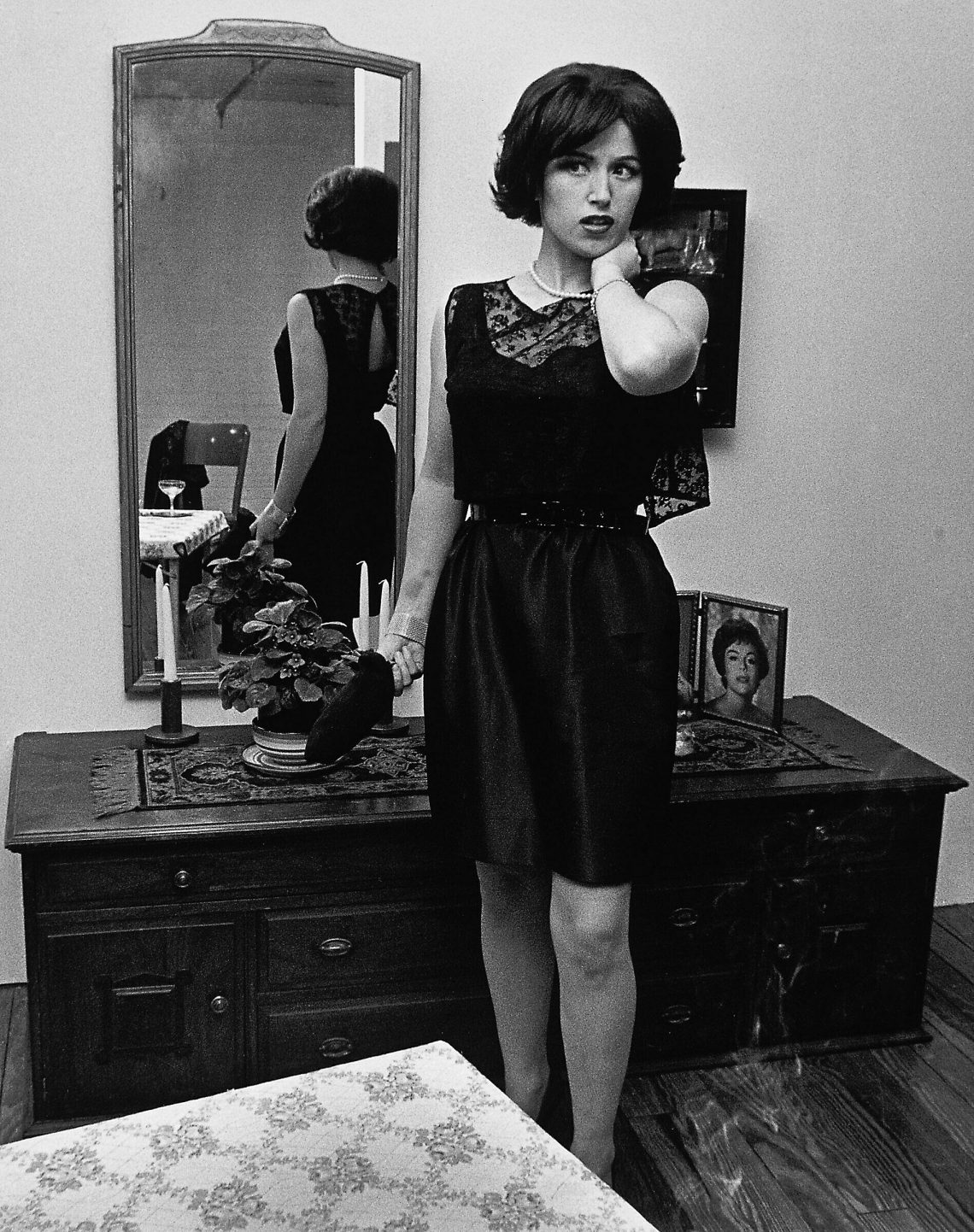
Source: Whitney Museum of American Art
One of Sherman’s most famous series is the “Untitled Film Stills,” which she created in the late 1970s and early 1980s. In these photographs, she posed as different female characters from classic Hollywood films, playing with the idea of the “male gaze” and the ways in which women are often objectified and stereotyped in popular culture.
4. Diane Arbus (1923-1971)
Diane Arbus is known for her black-and-white portraits of marginalized individuals and subcultures. Her images often featured people on the fringes of society, such as circus performers, transvestites, and dwarves. Her photographs were criticized for their voyeuristic nature and exploitation of the subjects. However, Arbus saw her work as a way of giving a voice to those ignored or stigmatized by society. Arbus’s work challenged conventional notions of beauty and normalcy. Her influence can be seen in the work of contemporary photographers who seek to highlight the diversity of the human experience.
Diane Arbus began her career as a commercial photographer and worked alongside her husband, Allan Arbus. In the 1950s, she started to pursue her own work, focusing on marginalized individuals and subcultures. She committed suicide in 1971 at the age of 48, but her work continues to be celebrated for its raw and unflinching depiction of the human experience.

Source: Art Institute of Chicago
One of Diane Arbus’ most famous works is her photograph “Identical Twins, Roselle, New Jersey, 1967”. The photograph captures the twins’ gaze straight at the camera, creating a sense of directness and intimacy with the viewer. The image has become an icon of Arbus’ unique style and one of the most famous photographs of the 20th century.
5. Imogen Cunningham (1883-1976)
Imogen Cunningham was an American photographer renowned for her pioneering work in botanical photography and nudes. Early in her career, she focused on pictorialism but later adopted a more modernist style, exploring the formal elements of photography, such as light, shadow, and form. Her botanical photography, which began in the 1920s, was highly innovative, often capturing the intimate details of plants and flowers with precision and clarity that was groundbreaking at the time. Cunningham’s nude photography was similarly innovative, with her images often depicting the human body in unconventional and abstract ways.
Imogen Cunningham began her career as a portrait photographer in the early 1900s, but she quickly became interested in experimental photography and began to explore new techniques and subject matter. In the 1920s, she became one of the founding members of the Group f/64, which included some of the most important photographers of the time, including Ansel Adams and Edward Weston. Cunningham continued to photograph until shortly before her death in 1976 at the age of 93. Throughout her long career, she produced a diverse body of work that explored different aspects of photography, from botanicals and still lifes to portraiture and nudes.
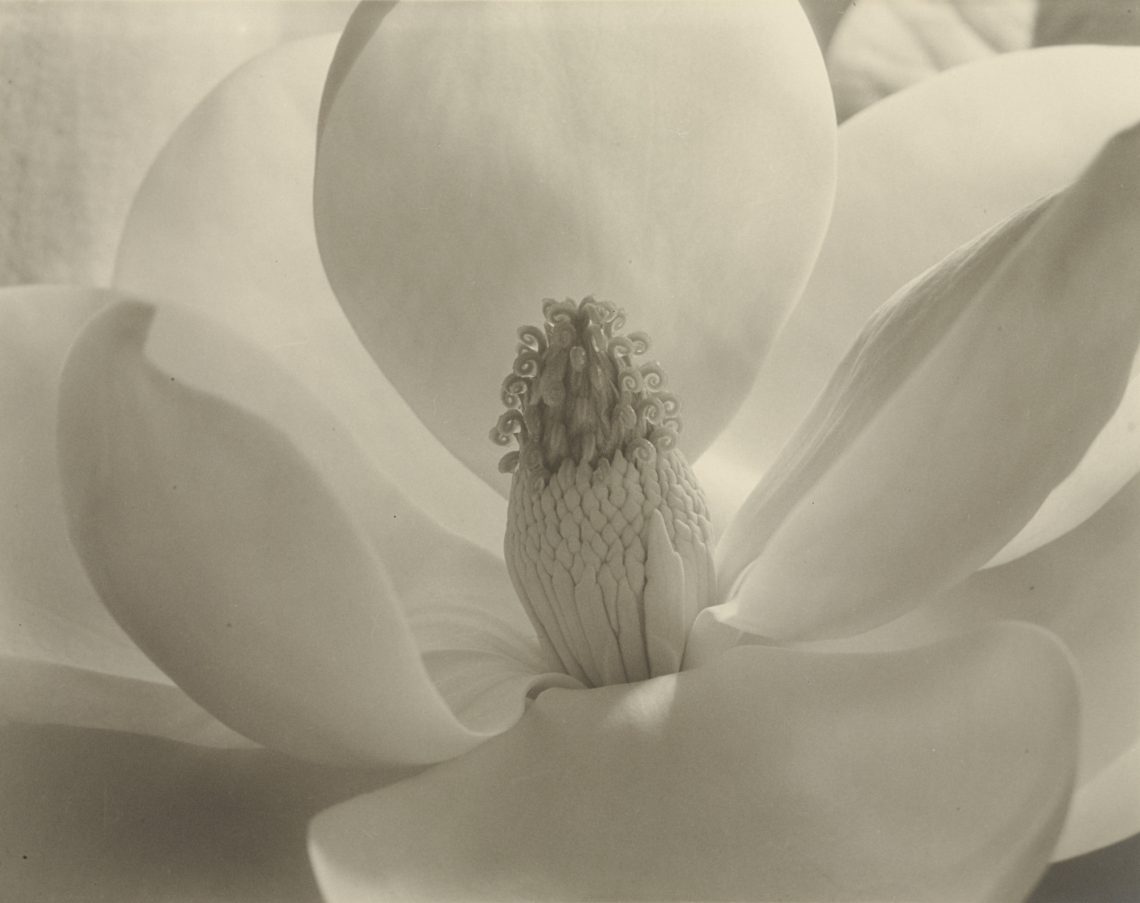
Source: The Museum of Modern Art
One of Cunningham’s most famous works is her photograph “Magnolia Blossom.” Taken in 1925, it’s known for its sharp focus and striking composition. Cunningham’s use of a close-up, cropped view of the blossom creates an almost abstract image that emphasizes the beauty of the natural form.
6. Mary Ellen Mark (1940-2015)
Mary Ellen Mark was a documentary photographer known for her humanist approach to photography. She focused on marginalized communities and individuals, using her camera to give voice to those who might otherwise go unnoticed, such as street children, sex workers, and mental health patients. She had a unique ability to capture the raw emotions of her subjects, often through black-and-white imagery that emphasized contrast and texture. Her images are both powerful and intimate, as they capture the complexity of the human experience in a moving and thought-provoking way.
She began her career in the 1960s, working with numerous magazines, including Life, Rolling Stone, and The New Yorker. Throughout her life, Mark worked on numerous projects, publishing several books, including the acclaimed “Streetwise” and “Ward 81,” which feature her best-known long-term projects. She continued to work until her death in 2015, leaving behind a legacy as one of the most important documentary photographers of her time.
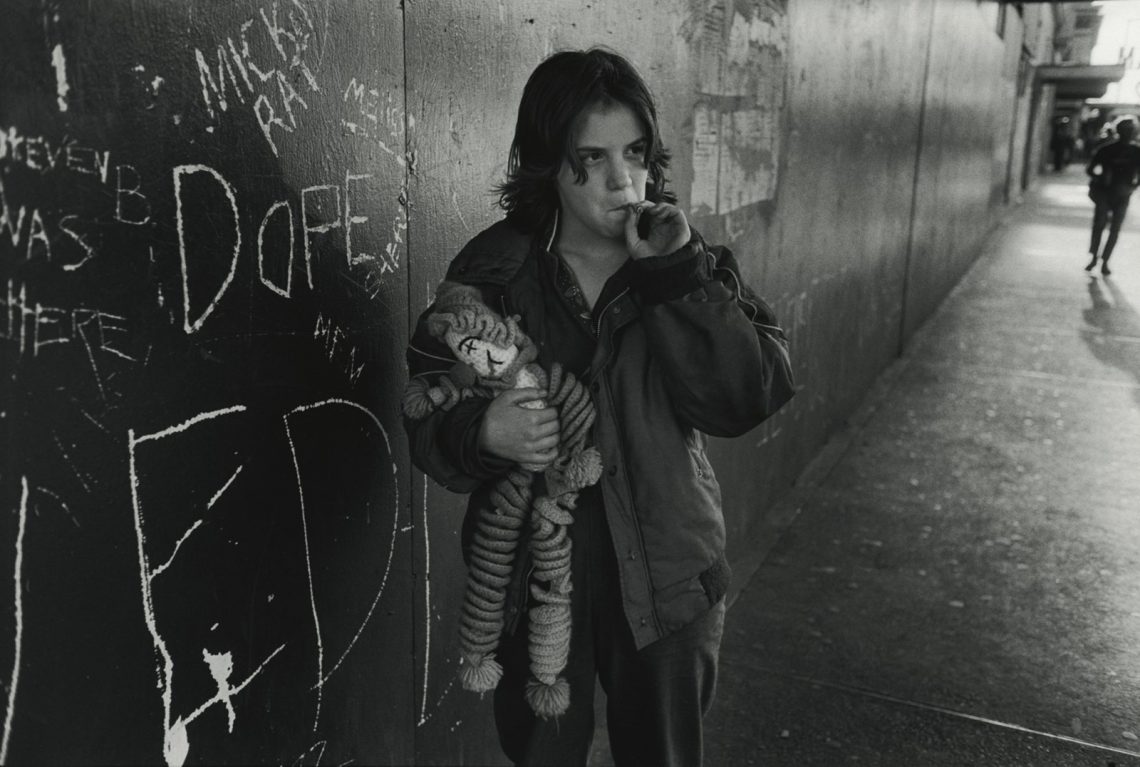
Source: AnOther
One of Mary Ellen Mark’s most famous works is her “Streetwise” project, which she began in 1983. The project was a documentary study of homeless youth living in Seattle, and the resulting images have become iconic in the world of documentary photography. The project was later turned into a book and a documentary film.
7. Margaret Bourke-White (1904-1971)
Margaret Bourke-White was a photojournalist who covered some of the most significant events of the 20th century, including World War II, the Korean War, the partition of India, and the liberation of concentration camps. Her images are known for the use of bold angles and dramatic lighting. Despite facing discrimination as a female photographer in a male-dominated industry, Bourke-White’s talent and tenacity enabled her to leave an indelible mark on the world of photography.
In the early 1930s, she focused on documentary photography, producing striking images of industrial America. She was the first Western photographer to be allowed into the Soviet Union, where she captured iconic images of the Soviet way of life. She was also the first female staff photographer at Life magazine and the first female photographer to have a solo exhibition at the Museum of Modern Art in New York City.

Source: LIFE
Margaret Bourke-White’s most famous work is her photographs of the construction of the Fort Peck Dam in Montana during the Great Depression. The photographs are a powerful depiction of the scale of the dam and the lives of the workers who built it. The images captured the grit and determination of the workers while also highlighting the technological progress of the era.
8. Sally Mann (b. 1951)
Sally Mann is an American photographer known for her intimate and often controversial photographs of the American South. Her work often explores themes of memory, mortality, and the relationship between people and the land. Mann’s style is often characterized by her use of large-format cameras and traditional photographic techniques, such as the wet plate collodion process. Her photographs of her own children, taken during the 1980s and 1990s, sparked debates about the limits of artistic freedom and the ethics of using children in art. Despite this, Mann’s photographs are widely recognized for their emotional power and technical excellence.
Mann began her career as a photographer in the 1970s, focusing on black-and-white portraits. In the 1980s, she shifted her attention to landscape photography and began using a large-format camera. Her photographs have been exhibited internationally and are held in the collections of many major museums, including the Metropolitan Museum of Art and the Museum of Modern Art.
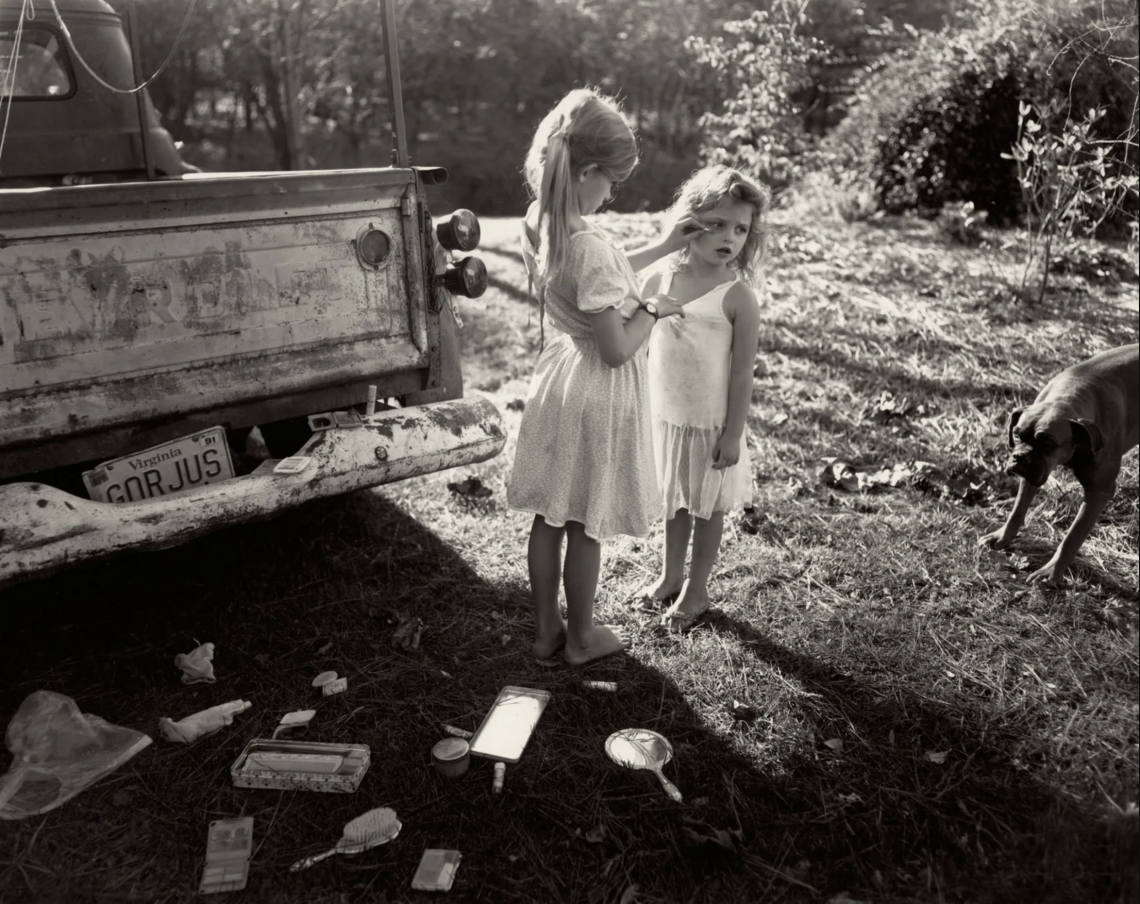
Source: sallymann
Sally Mann gained national recognition in the 1990s with her series “Immediate Family,” which features intimate portraits of her three children. The images are intimate and, at times, provocative, depicting the children in various states of undress and exploring themes of childhood, innocence, and sexuality.
9. Gertrude Käsebier (1852-1934)
Gertrude Käsebier was an American photographer known for her soft-focus portraits of women and children. Her style is characterized by soft-focus and impressionistic quality, which marked a departure from the sharply focused, realistic approach of her contemporaries. She is famous for using natural light, simple compositions, and a focus on the emotional expressions of her subjects. Her images were often highly staged and posed, yet they also conveyed intimacy that was unusual for the time.
Käsebier played an important role in the development of pictorialism, a photographic style that emphasized the aesthetic qualities of the medium. She was a leading figure in the Photo-Secession group, founded by Alfred Stieglitz, which aimed to promote photography as fine art. Käsebier was interested in the role of photography in advertising, creating several successful advertising campaigns for companies such as Kodak and Cluett, Peabody & Co.
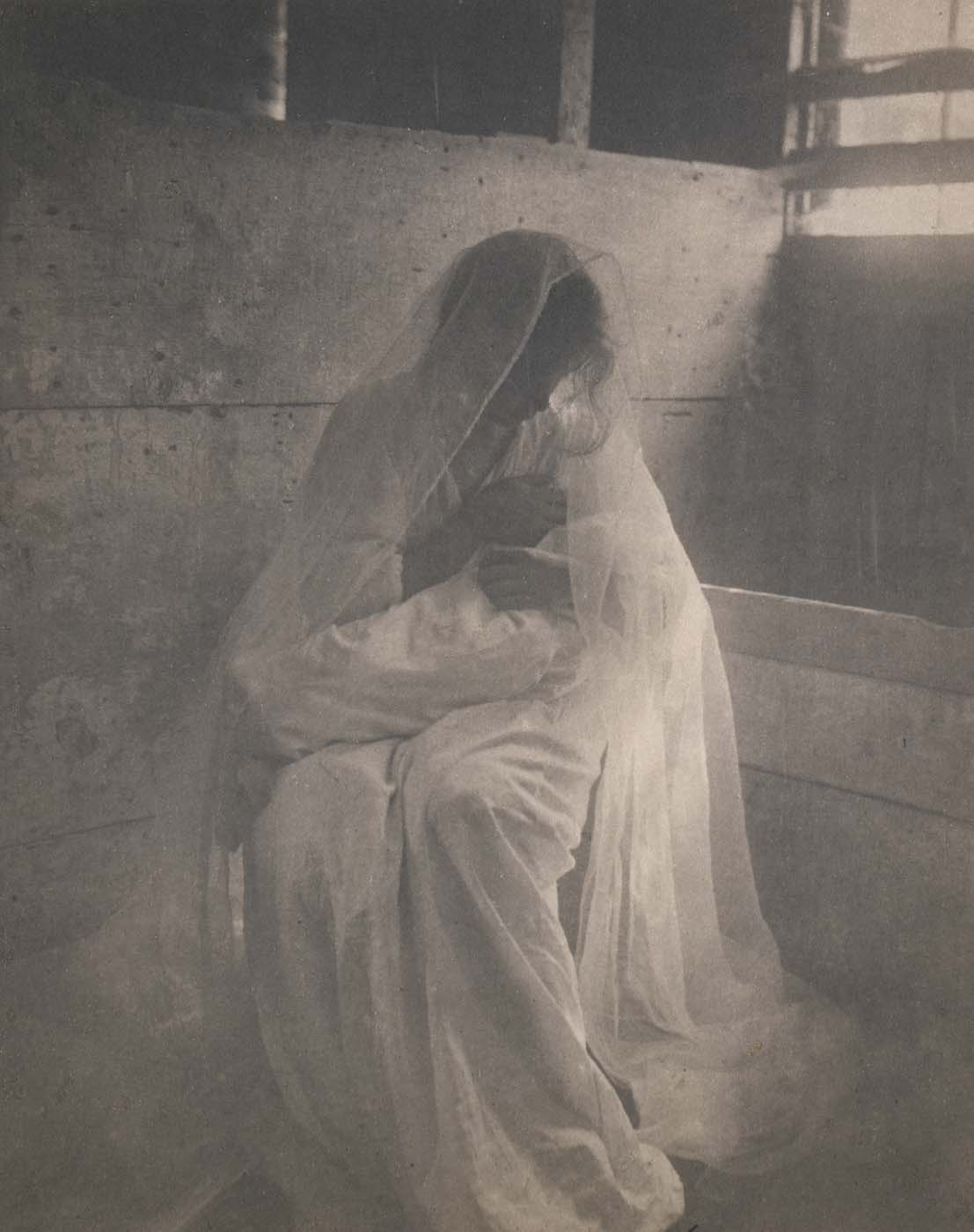
Source: National Museum of Women in the Arts
One of Käsebier’s most famous works is the photograph titled “The Manger,” which depicts a mother and child in a nativity scene. The image is notable for its soft-focus style and symbolic composition, which includes a halo-like shape formed by the woman’s hair and a cross created by the placement of the infant’s arms. The photograph is a masterful example of Käsebier’s ability to blend technical skill with artistic vision.
10. Berenice Abbott (1898-1991)
Berenice Abbott was an American photographer best known for her documentary photographs of New York City in the 1930s. She is known for her modernist style, characterized by strict lines, geometric forms, and bold contrasts of light and shadow. She also explored scientific photography, using high-speed strobe lights to capture the movement of objects such as drops of milk and water. Abbott believed that photography was not only a form of art but also a means of social and political commentary. Her work often reflects her interest in documenting her time’s cultural and social changes.
Berenice Abbott began her photography career in Paris in the 1920s as an assistant to the photographer Man Ray. She later returned to New York City and became interested in documenting the city’s changing landscape. Abbott was also an important educator and writer: her book “Changing New York” is now considered a classic of photographic literature.

Source: Holden Luntz Gallery
Abbott’s most famous work is her series “Changing New York,” a project commissioned by the Works Progress Administration to document the rapidly changing urban landscape. The series consists of over 300 photographs taken between 1935 and 1939. Through her photographs, Abbott captured the city’s spirit, focusing on its architecture, street life, and people.
To wrap up
The world of photography has been shaped and influenced by countless talented and visionary women. Their work has stood the test of time, leaving an indelible mark on the history of photography and continuing to inspire us today. We can learn from their creativity, tenacity, and artistic vision, embracing the power of the female gaze and continuing to push for gender equality in all areas of life. By doing so, we can help ensure that the next generation of photographers will be just as diverse and dynamic as the ones that came before.
Other articles you might find interesting
10 World Famous Ukrainian Photographers and Their Most Iconic Shots
In Search of Inspiration: 5 Artists Reflect on Different Genres
Who inspires Depositphotos users: top Instagram accounts of photographers, artists, and designers




![Authenticity Through the Eyes of 20 Independent Photographers [Week 1 and 2]](https://depositphotos-blog.s3.eu-west-1.amazonaws.com/uploads/2020/07/Authenticity-Through-the-Eyes-of-20-Independent-Photographers-Week-1-and-2.webp)
